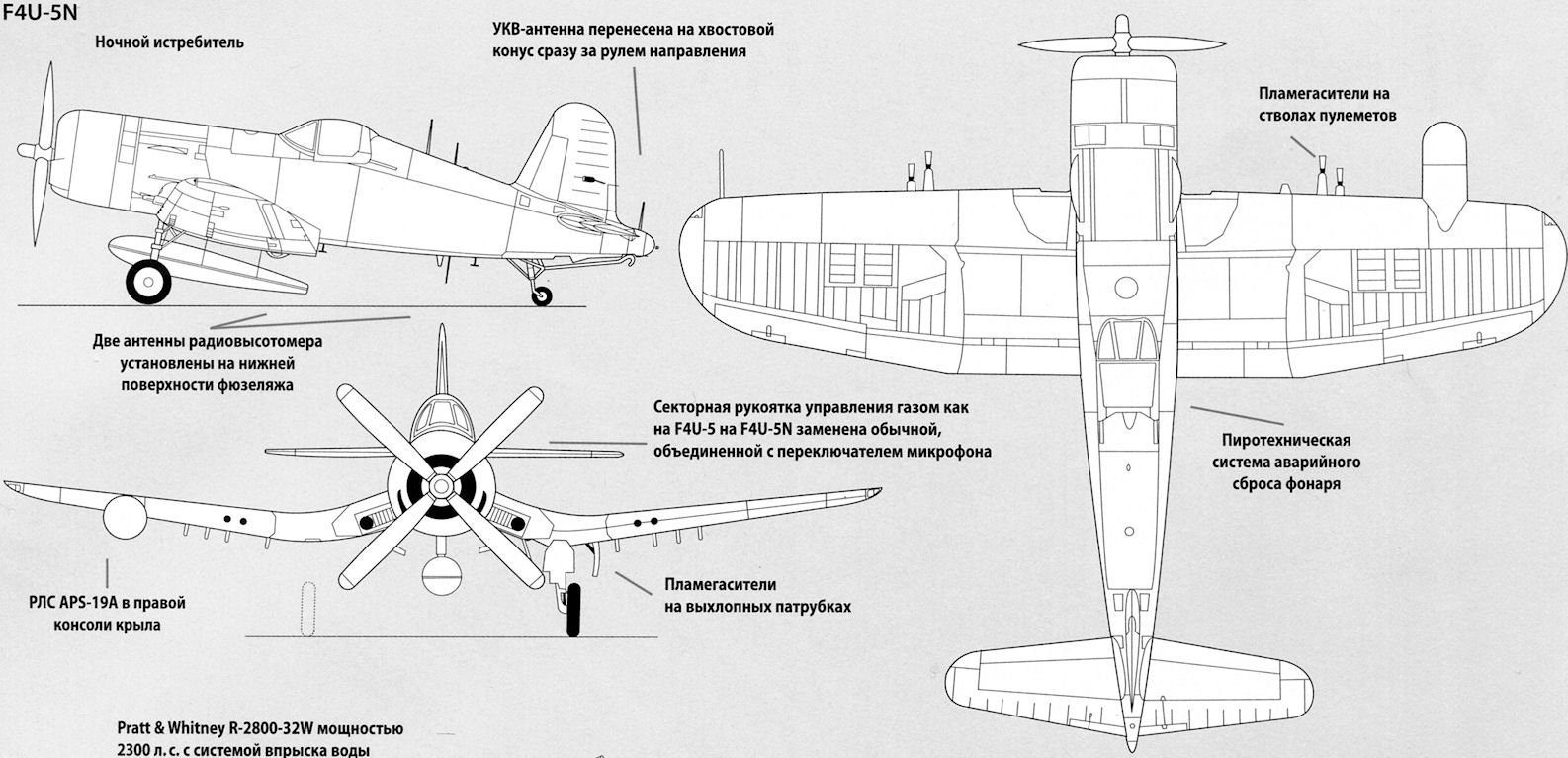

The group included project engineer Frank Albright, aerodynamics engineer Paul Baker, and propulsion engineer James Shoemaker. Vought assembled a team, lead by chief designer Rex Beisel, to design the best airframe around this powerful engine. With this in mind, the Bureau of Aeronautics selected the most powerful air-cooled engine available, the R-2800. When naval air strategists had crafted the requirements for the new fighter, the need for speed had overridden all other performance goals. Ironically for a 644-kph (400 mph) airplane, Vought covered the wing with fabric behind the main spar, a practice the company also followed on the OS2U Kingfisher (see NASM collection). This arrangement gave additional ground clearance for the propeller and reduced drag at the wing-to-fuselage joint. The airplane Bullard flew also had another striking feature, a wing bent gull-shaped on both sides of the fuselage. The R-2800 radial air-cooled engine developed 1,850 horsepower and it turned a three-blade Hamilton Standard Hydromatic propeller with solid aluminum blades spanning 13 feet 1 inch. At that time, the largest engine driving the biggest propeller ever flown on a fighter aircraft propelled Bullard on this test flight. Bullard, Jr., first flew the Vought XF4U-1 prototype on May 29, 1940. Less than a year later, Vought test pilot Lyman A. During April, the Vought Aircraft Corporation responded with two designs and one of them, powered by a Pratt & Whitney R-2800 engine, won the competition in June. Long Description On February 1, 1938, the United States Navy Bureau of Aeronautics requested proposals from American aircraft manufacturers for a new carrier-based fighter airplane. This airplane is painted in the colors and markings of the Corsair "Sun Setter," a Marine close-support fighter assigned to Marine Fighter Squadron VMF-113 in July 1944. Charles Lindbergh flew bombing missions in a Corsair with Marine Air Group 31 against Japanese strongholds in the Pacific in 1944. The Pratt and Whitney R-2800 radial engine and Hydromatic propeller was the largest and one of the most powerful engine-propeller combinations ever flown on a fighter aircraft. The aircraft's distinctive inverted gull-wing design allowed ground clearance for the huge, three-bladed Hamilton Standard Hydromatic propeller, which spanned more than 4 meters (13 feet). Summary By V-J Day, September 2, 1945, Corsair pilots had amassed an 11:1 kill ratio against enemy aircraft. Object Details Manufacturer Vought Aircraft Company Physical Description R-2800 radial air-cooled engine with 1,850 horsepower, turned a three-blade Hamilton Standard Hydromatic propeller with solid aluminum blades spanning 13 feet 1 inch wing bent gull-shaped on both sides of the fuselage.


Eliot Elisofon Photographic Archives, African Art.


 0 kommentar(er)
0 kommentar(er)
